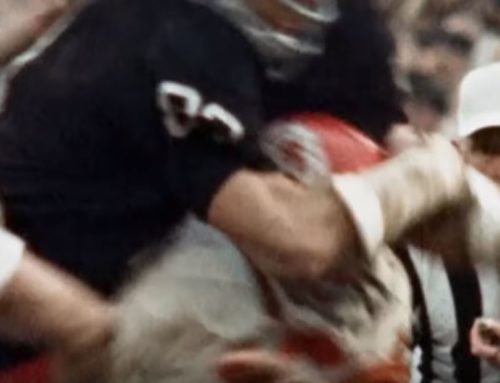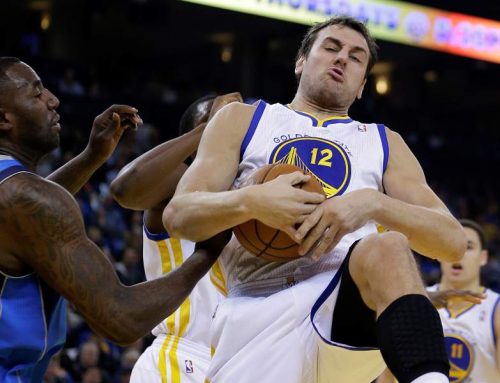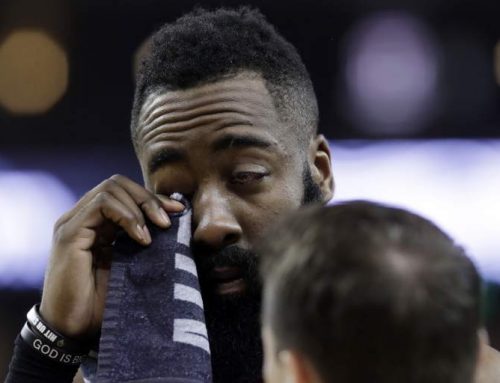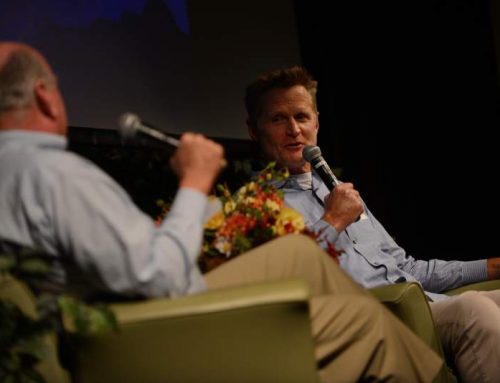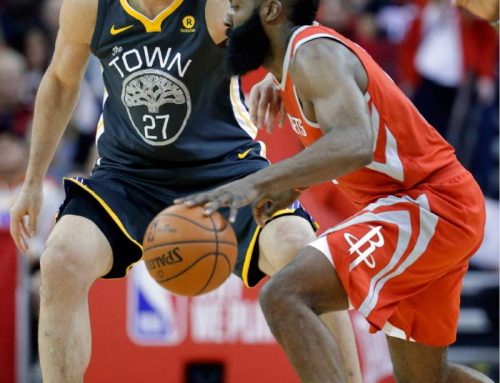Right up front: I’m not a knowledgeable soccer fan. I get interested every four years, and I feel no shame in saying that. I still want to yell “over and back!” every time a team passes the ball back and forth across the halfway line.
Is it called the halfway line?
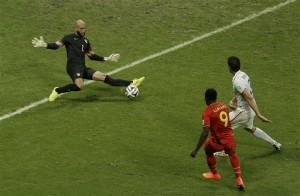
United States’ goalkeeper Tim Howard, left, makes a save as Belgium’s Romelu Lukaku, front, looks on during the World Cup round of 16 soccer match between Belgium and the USA at the Arena Fonte Nova in Salvador, Brazil, Tuesday, July 1, 2014. (AP Photo/Themba Hadebe)
That said, it feels like I’ll remember Tim Howard’s performance against Belgium today for a very long time. It was captivating and transcendent, perhaps even more so in gritty defeat than it would have been in victory.
It was memorable mostly because of Howard’s acrobatic, anticipatory defense, of course. But part of it has to do with the goalkeeper position in soccer. It’s so solitary, so distinct, so visible. There’s really no role in team sports that can produce a one-man highlight reel quite like Howard’s.
In football, I’m picturing a free safety breaking up deep pass after deep pass in a low-scoring game. The baseball equivalent would be a center fielder repeatedly catching would-be home runs at the wall and diving to snare sinking line drives as a scoreless game heads for extra innings. Both of those come close. And both are ridiculously improbable. Football and baseball have too many equally responsible defenders for one guy to offer all the heroics.
In basketball, maybe it would be a Mutombo-like center rejecting shots left and right, frustrating the opposition by turning sure baskets into front-row souvenirs. But even a team with a great defensive center will give up 70 or 80 points. A shutout, or potential shutout, builds a whole different level of intensity.
The closest analog clearly is a hockey goalie. Both types of keepers perform highly specialized roles that are nothing like their teammates’. They stand in front of a net and catch or deflect a ball or a round disk, the essence of pure defense.
But playing goalie in hockey doesn’t look like playing goalkeeper in soccer. The hockey goalie is all about short-space reflex, those lightning-fast twitches to the left or tight, the sudden drop to the knees. It’s almost a martial art. Tim Howard had some of those, too, but on other plays he was diving headlong like the center fielder, or leaping hand-above-the-net like the basketball center. It was amazing to watch.
And another thing: The hockey goalie is shrouded in padded clothing. Even his face is a harlequin mask. It wouldn’t seem completely shocking if a goalie started peeling off his uniform after a game, only to reveal a robot or an orangutan underneath. Or nothing at all – just a state-of-the-art, puck-stopping uniform.
Today’s World Cup TV audience was face to face with Tim Howard for much of the match. We saw the effort painted in his expression every time he tipped away a ball, and we could almost read his lips as he shouted to – pleaded with – his defenders to make some plays so he wouldn’t have to win the game all by himself. We kind of lived that game through Howard in a way we’ll never do with Jonathan Quick.
The cynics are already saying that nobody will say a word about soccer for the next four years, and they aren’t far from the mark. There will be some chatter for the rest of this World Cup, and then many of us will go back to occasionally forgetting that MLS exists, until Russia 2018. But Howard left us with a performance like no other, at a position like no other, and that’s a pretty good Brazilian memento.

